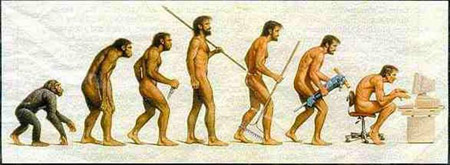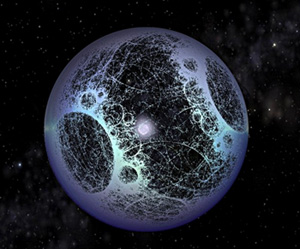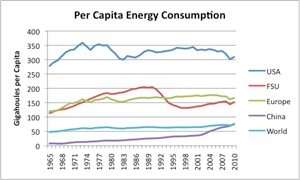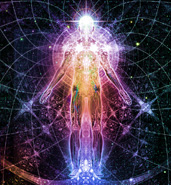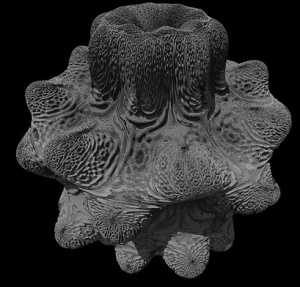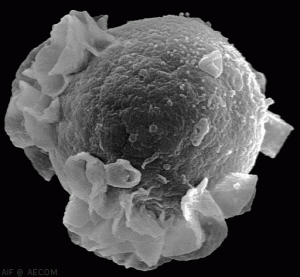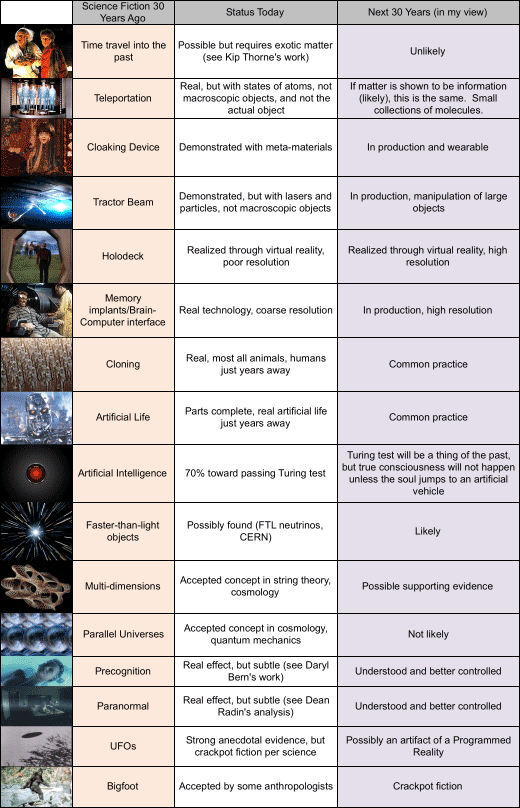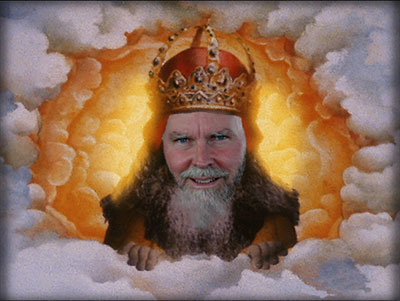Have you ever considered why it is that you decide some of the things that you do?
Like how to divide your time across the multiple projects that you have at work, when to discipline your kids, what to do on vacation, who to marry, what college to attend, which car to buy?
The ridiculously slow way to figure these things out is to do an exhaustive analysis on all of the options, potential outcomes and probabilities. This can be extremely difficult when the parameters of the analysis are constantly changing, as is often the case. Such analysis is making use of your conscious mind.
The other option is to use your subconscious mind and make a quick intuitive decision.
We who have been educated in the West, and especially those of us who received our training in engineering or the sciences, are conditioned to believe that “analysis” represents rigorous logical scientific thinking and “intuition” represents new age claptrap or occasional maternal wisdom. Analysis good, intuition silly.
This view is quite inaccurate.
According to Gary Klein, ex-Marine, psychologist, and author of the book “The Power of Intuition: How to Use Your Gut Feelings to Make Better Decisions at Work,” 90% of the critical decisions that we make are made by intuition in any case. Intuition can actually be a far more accurate and certainly faster way to make an important decision. Here’s why…
Consider the mind to be composed of two parts – conscious and subconscious. Admittedly, this division may be somewhat arbitrary, but it is also realistic.
The conscious mind is that part of the mind that deals with your current awareness (sensations, perceptions, memories, feelings, fantasies, etc.) Research shows that the information processing rate of the conscious mind is actually very low. Tor Nørretranders, author of “The User Illusion”, estimates the rate at only 16 bits per second. Dr. Timothy Wilson from the University of Virginia estimates the conscious mind’s processing capacity to be little higher at 40 bits per second. In terms of the number of items that can be retained at one time by the conscious mind, estimates vary from 4 – 7, with the lower number being reported in a 2008 study by the National Academy of Sciences.
Contrast that with the subconscious mind, which is responsible for all sorts of things: autonomous functions, subliminal perceptions (all of that data streaming in to your five sensory interfaces that you barely notice), implicit thought, implicit learning, automatic skills, association, implicit memory, and automatic processing. Much of this can be combined into what we consider “intuition.” Estimates for the information processing capacity and storage capacity of the subconscious mind vary widely, but they are all orders of magnitude larger than their conscious counterparts. Dr. Bruce Lipton, in “The Biology of Belief,” notes that the processing rate is at least 20 Mbits/sec and maybe as high as 400 Gbits/sec. Estimates for storage capacity is as high as 2.5 petabytes, or 2,500,000,000,000,000.
Isn’t it interesting that the rigorous analysis that we are so proud of is effectively done on a processing system that is excruciatingly slow and has little memory capacity?
Whereas, intuition is effectively done on a processing system that is blazingly fast and contains an unimaginable amount of data. (Note: as an aside, I might mention that there is actually significant evidence that the subconscious mind connects with powerful data and processing elements outside of the brain, which only serves to underscore the message of this post)
Kind of gives you a little more respect for intuition, doesn’t it?
In fact, that’s what intuition is – the same analysis that you might consider doing consciously, but doing it instead with access to far more data, such as your entire wealth of experience, and the entire set of knowledge to which you have ever been exposed.
Sounds great, right? It might be a skill that could be very useful to hone, if possible.
But the importance of intuition only grows exponentially as time goes on. Here’s why…
Eddie Obeng is the Professor at the School of Entrepreneurship and Innovation, HenleyBusinessSchool, in the UK. He gave a TED talk which nicely captured the essence of our times, in terms of information overload. The following chart from that talk demonstrates what we all know and feel is happening to us:
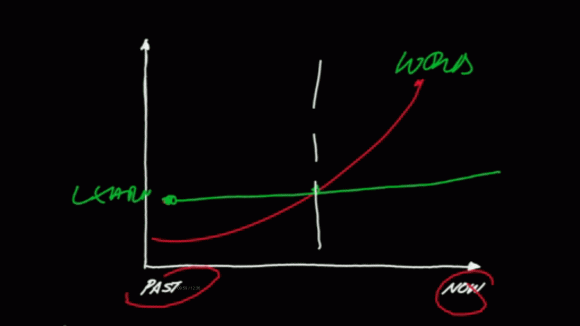
The horizontal axis is time, with “now” being all the way to the right. The vertical axis depicts information rate.
The green curve represents the rate at which we humans can absorb information, aka “learn.” It doesn’t change much over time, because our biology stays pretty much the same.
The red curve represents the rate at which information is coming at us.
Clearly, there was a time in the past, where we had the luxury of being able to take the necessary time to absorb all of the information necessary to understand the task, or project at hand. If you are over 40, you probably remember working in such an environment. At some point, however, the incoming data rate exceeded our capacity to absorb it. TV news with two or three rolling tickers, tabloids, zillions of web sites to scan, Facebook posts, tweets, texts, blogs, social networks, information repositories, big data, etc. For some of us, it happened a while ago, for others; more recently. I’m sure there are still some folks who live simpler lives on farms in rural areas that haven’t passed the threshold yet. But they aren’t reading this blog. As for the rest of us…
It is easy to see that as time goes on, the ratio of unprocessed incoming information to human learning capacity grows exponentially. What this means is that there is increasingly more uncertainty in our world, because we just don’t have the ability to absorb the information needed to be “certain”, like we used to. Some call it “The Age of Uncertainty.” Some refer to the need to be “comfortable with ambiguity.”
This is a true paradigm shift. A “megatrend.” It demands entirely new ways of doing business, of structuring companies, of planning, of living. In my “day job”, I help companies come to terms with these changes by implementing agile and lean processes, structures, and frameworks in order for them to be more adaptable to the constantly changing environment. But this affects all of us, not just companies. How do we cope?
One part to the answer is to embrace intuition. We don’t have time to use the limited conscious mind apparatus to do rigorous analysis to solve our problems anymore. As time goes on, that method becomes less and less effective. But perhaps we can make better use of that powerful subconscious mind apparatus by paying more attention to our intuition. It seems to be what some of our most successful scientists, entrepreneurs, and financial wizards are doing:
George Soros said: “My [trading] decisions are really made using a combination of theory and instinct. If you like, you may call it intuition.”
Albert Einstein said: “The intellect has little to do on the road to discovery. There comes a leap in consciousness, call it intuition or what you will, and the solution comes to you, and you don’t know how or why.” He also said: “The only real valuable thing is intuition.”
Steve Jobs said: “Don’t let the noise of others’ opinions drown out your own inner voice. And most important, have the courage to follow your heart and intuition.”
So how do the rest of us start paying more attention to our intuition? Here are some ideas:
- Have positive intent and an open mind
- Go with first thing that comes to mind
- Notice impressions, connections, coincidences (a journal or buddy may help)
- Put yourself in situations where you gain more experience about the desired subject(s)
- 2-column exercises
- Meditate / develop point-focus
- Visualize success
- Follow your path
I am doing much of this and finding it very valuable.
